7 Secrets to Improve Fence Post Backfill
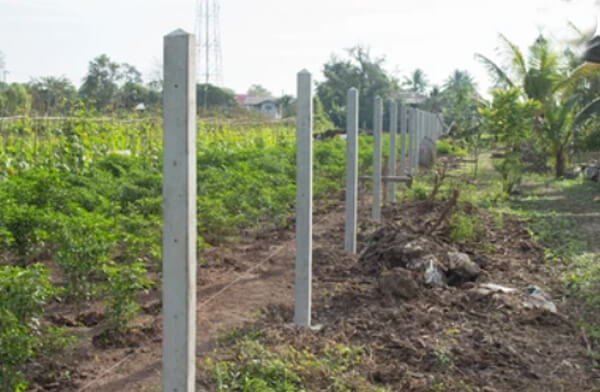
Fences can be essential in someone’s property. Fences serves as the an extra barrier from intrusion of strangers and even animals. This also keeps your property your own and private.
Before starting your fencing project, you must know what to comply first. From complying your local building codes, knowing what type of fence you want, the materials and equipment to be use.
Now that you have everything you need, you’re set to build your own fence.
Contents
What to Use to Fill in Around Fence Posts
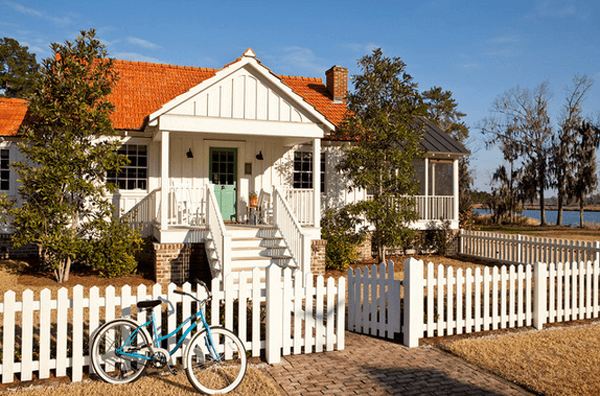
One thing you should consider upon backfilling around your fence posts is the material used as a post. If you are using a native material, you should consider using soil types like sand, sandy loam, gravel or even combination of three.
But if you are to use silt, clay or rocks, it will be difficult to hold the fence posts especially if the soil is disturbed. To assure that the fence posts are going to be able to stand firm with silt, clay or rocks being used as a backfill, you must drive the post downward through the deep soil and the soil and rocks will be able to support and push down the fence post down.
Now since the post buried underneath is subject to moisture and rot, the fence post can deteriorate over time and may cause your fence to wobble or even worse, collapse. One way to address this issue is by filling the hole around the fence post with concrete.
Can Uou Fill Post Holes With Dirt
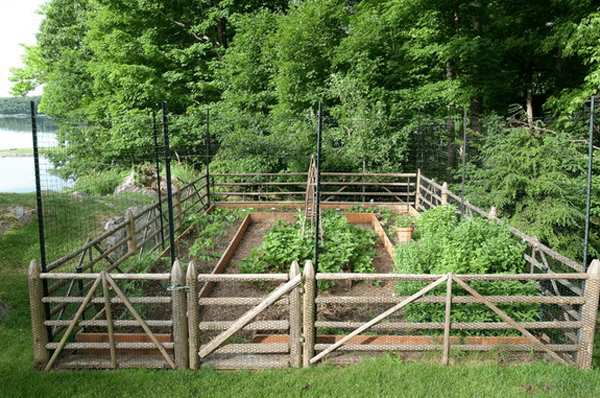
It is always the first step to know the material of your fence post before backfilling for a reason that the material buried will be subject to moisture and eventually rot.
If you use material like dirt, during the rainy days, it may accumulate rain and will penetrate towards your hole and eventually fill the void of your fence post materials which in the long run will rot.
With rotting, it will cause your fence to be unstable, eventually wobble and repair or replace will be done. It is best to use backfill material that will not accumulate water so it won’t penetrate towards your fence post material.
You can use dirt but will invest on repair and replace in the long run.
Can You Backfill Fence Post With Gravel
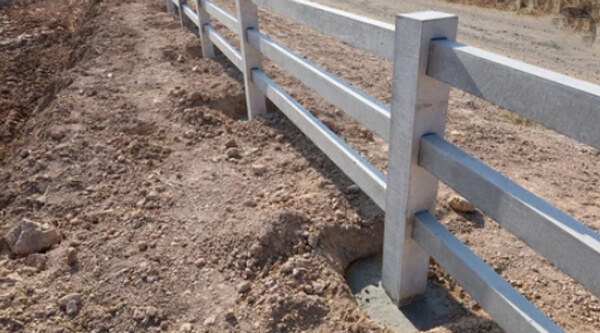
Gravel is a good soil type used as backfill material because it does not retain water. However, using gravel alone may cause the post to wobble because of the voids in between the gravel particles. With using gravel, the holding of the post will greatly depends on the soil around it.
Gravel is the best material to address drainage issue which is why in designing your fence post, gravel should be at the bottom.Compacted gravel, used as a bedding of your fence post, assists the water to drain away from the post into the ground. Now with the crucial part, the soil material around your post.
The soil should have a good percolation where the water can settle quickly. One of the soil material that can be used are clay, and if you prefer concrete around your fence post, it is also fine choosing it.
What is The Best Gravel For Backfilling Fence Posts
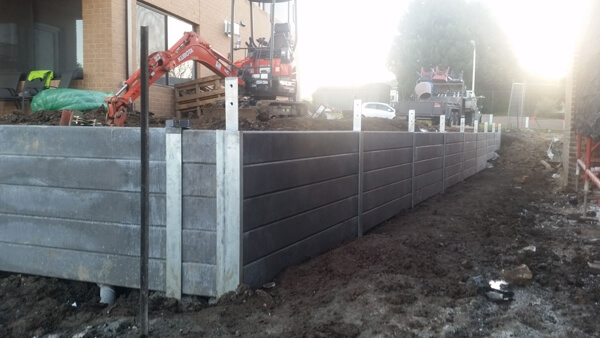
Coarse-grade soil are the most popular because it has high quality properties and exhibits slight to no plasticity. These type of soil are easy to compact and provides a good support for the fence post.
One of the coarse-grade soil are the gravel. The most commonly used size of the gravel for fence post holes are pea gravel. Gravel that is roughly three eighths of an inch in size which will give the fence post a good support and better drainage which will keep your fence post material from rotting quickly.
The gravel size is as important with your fence post material because this will keep the buried part of your post stable and keep your post from quickly rotting and rusting. Pea size gravel will provide a secure bedding for your fence post.
How Much Gravel Do I need to Fill a Fence Post Hole
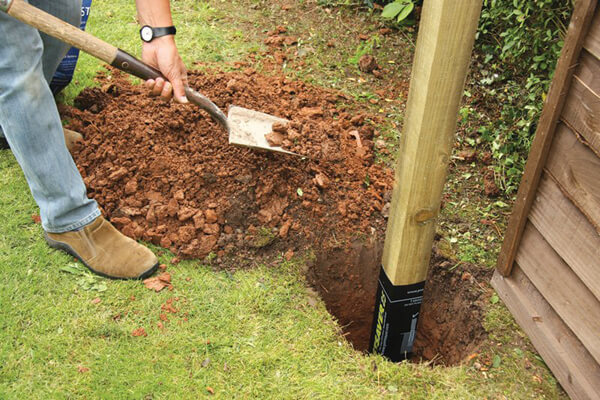
The amount of gravel that you need to backfill your fence post hole depends on the size of your gravel, the depth and the width of your fence post holes. The most important step in backfilling your fence post holes is to make sure to put a gravel bedding, compacted well, that will serve as the drainage system of your fence post holes wherein it will keep the water away from your post.
Should You Fill Fence Posts With Concrete
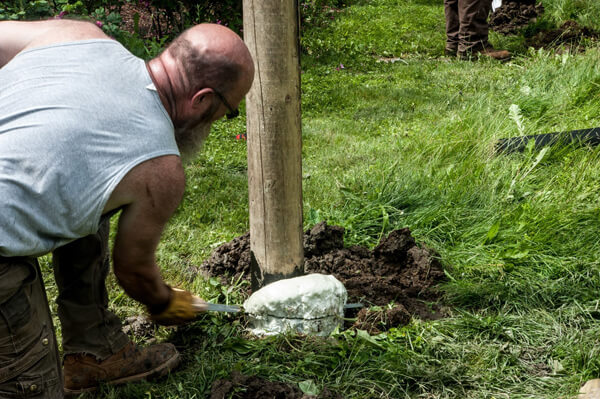
There are some instances that you can fill your fence posts holes with concrete but are not necessary. Concrete filling around your fence posts can be an alternative backfill to keep your fence post to be more stable.
If you choose to fill your fence posts holes with concrete, you must know some important notes. You must avoid putting concrete just above and shallow on top as it can trap moisture which will increase the chances of rotting of wooden fence post or rusting of metal fence post.
During the curing of the concrete, if you observe that the post is wobbly or too loose, provide braces around to keep your post upright. Make the concrete cure and harden first before attaching different fence material like rails, panels and even chain link.
Attaching this material while the concrete are premature, make create an unstable, not level and wobble fence posts.
How to Backfill a Fence Post
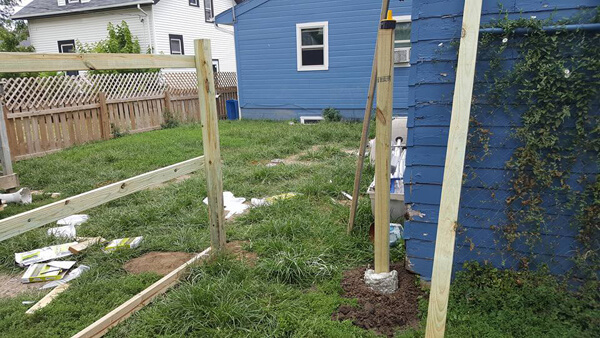
Safety is always first. Wear the necessary PPE before digging holes around your property. Now dig a hole for your fence post. The depth of the fence post hole should comply with the general rule of thumb.
The depth should be one third to one half of the actual above the ground line of the post. Example, if you’re building a a six foot high post, your post should be at least 9 foot tall and that the 3 feet will be buried beneath the ground.
The width should be double the diameter of your fence post. Now that you have dug up the ground, provide at least 2 inches to 4 inches of well compacted gravel bedding to allow water to drain away from the fence post material.
Now, depending on your soil type or if you will still continue using gravel specifically pea gravel, fill in around the fence post hole creating a conical shape to prevent frost heave. With the additional soil or pea gravel, compact the backfill material and refill as possible until all filled up.
After this, allow the material to settle and cure before attaching fence rail, panels and chain links.
Conclusion
To construct a fence post that will last, aside from using the best post material and backfill material, what comes after is importance which is the maintenance. Always keep the surrounding clean and no ponding of water around which will cause your material to deteriorate.
Always make sure that your fence post are well treated and sealed. In choosing your fence post material, always choose what’s best with your location’s temperature or weather condition.
And now with your backfill material, also invest with gravel in high quality which is best for draining the water away from your fence post.
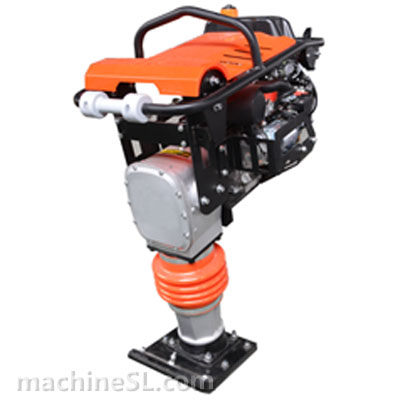
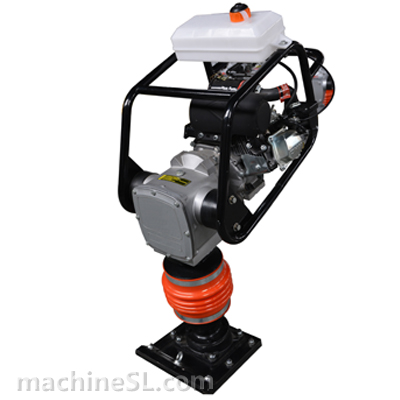
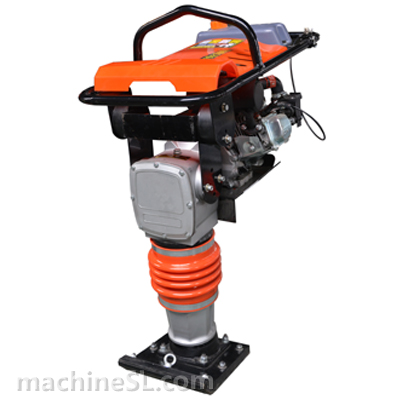
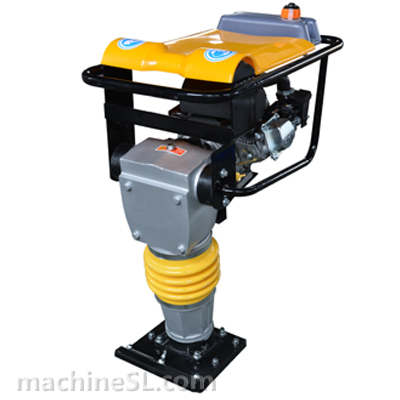
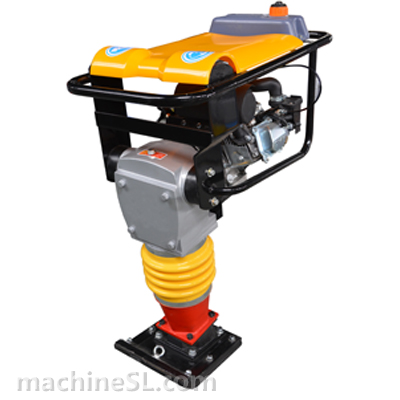
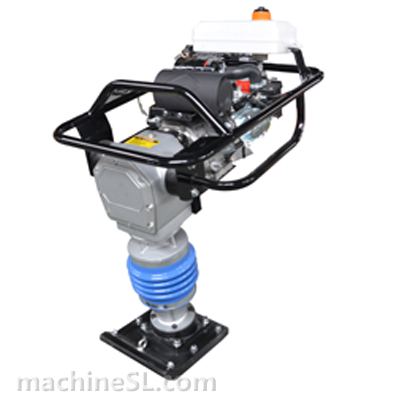
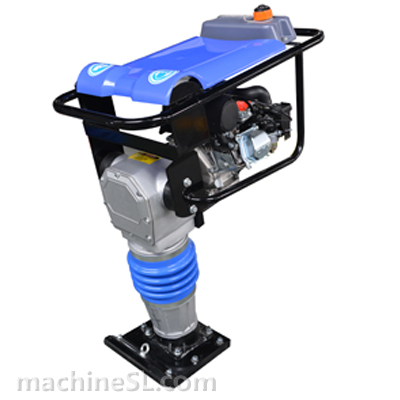
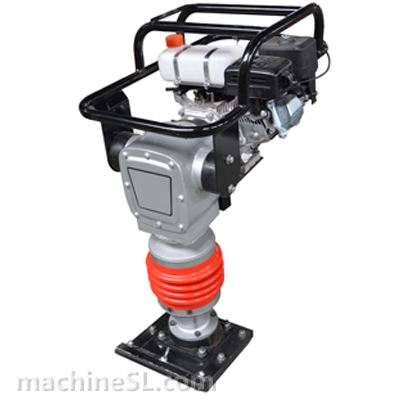
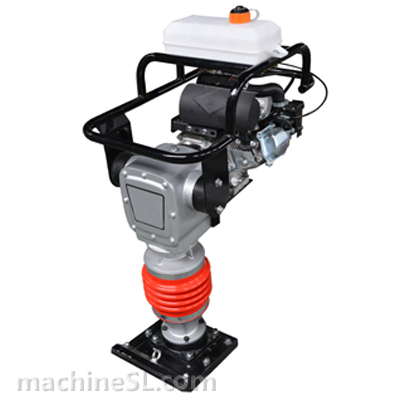
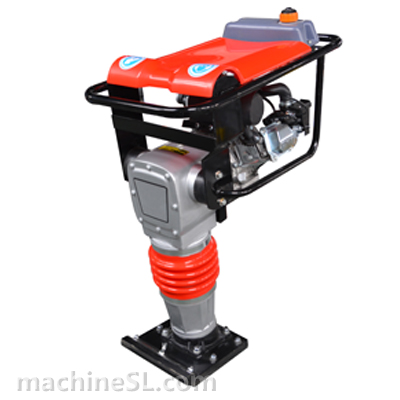
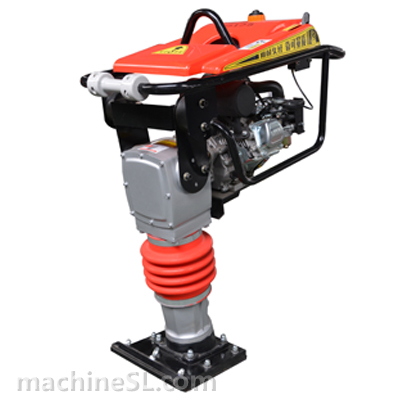
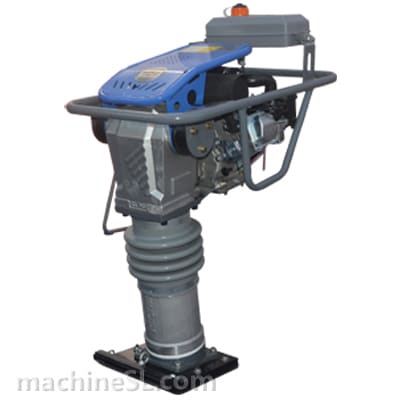
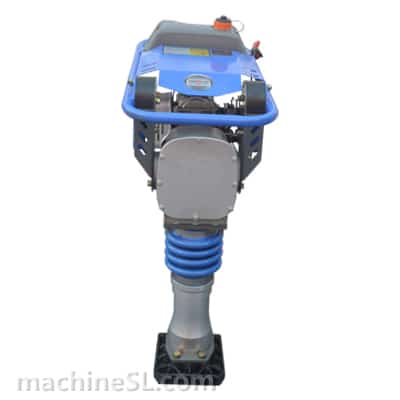
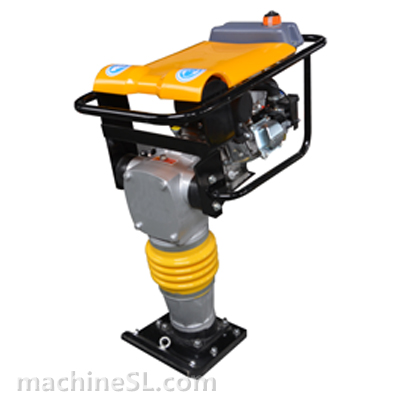
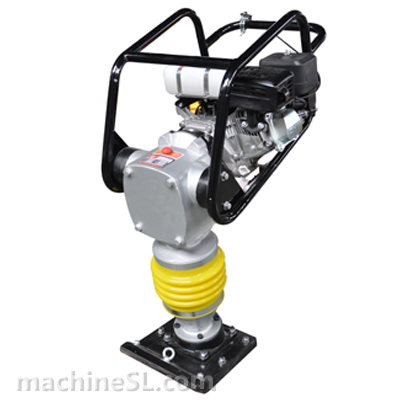
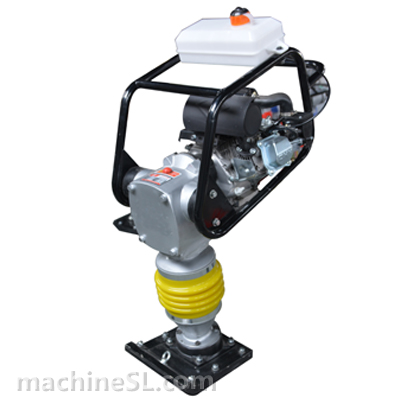
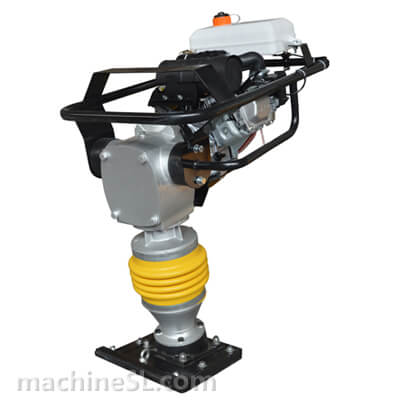
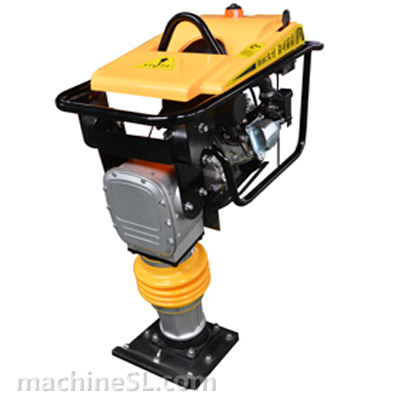
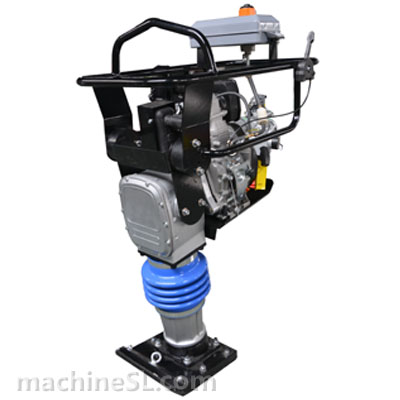
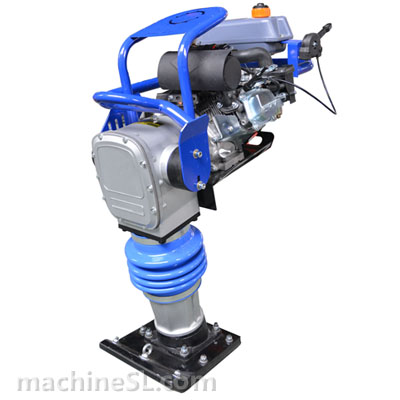
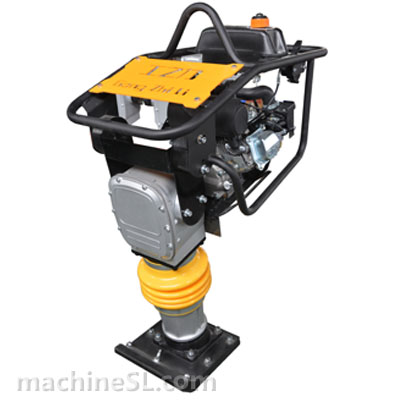
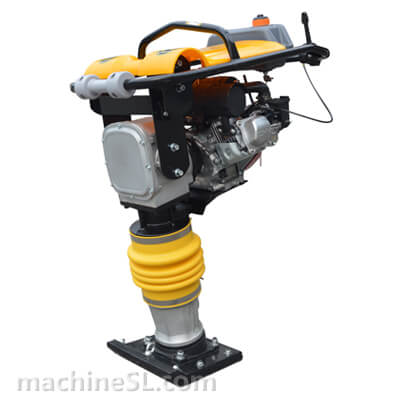
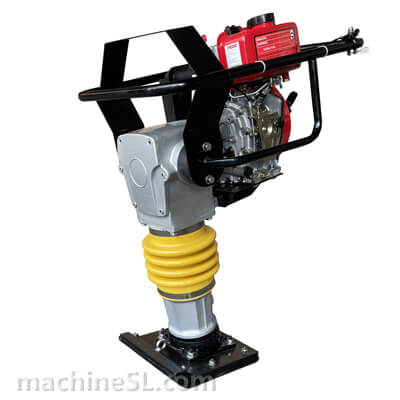
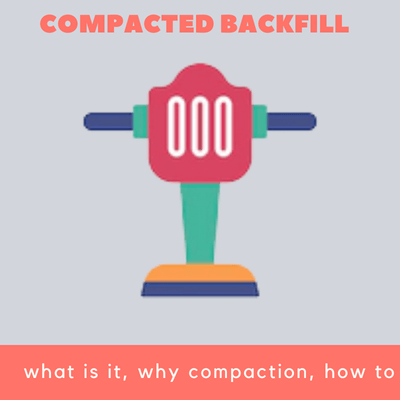
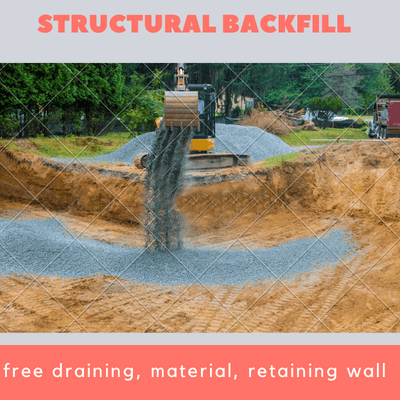
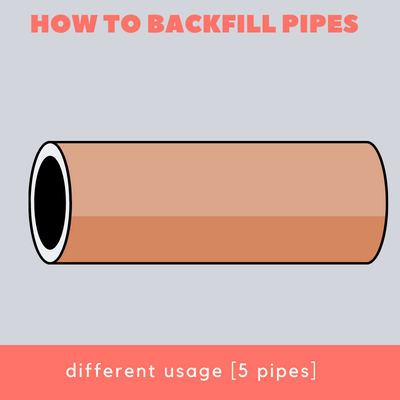
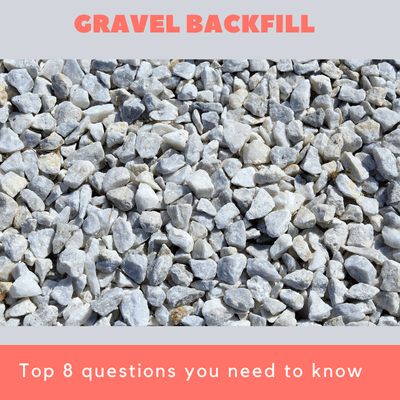
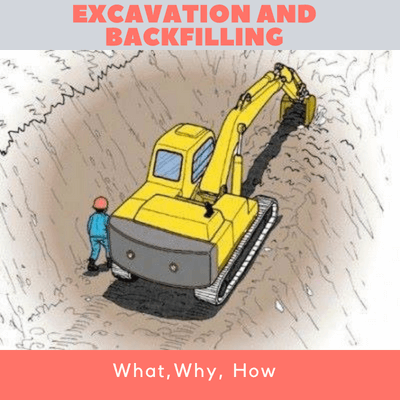
Leave A Comment